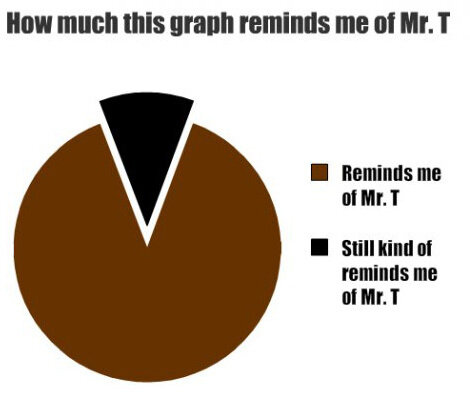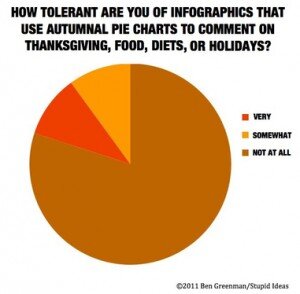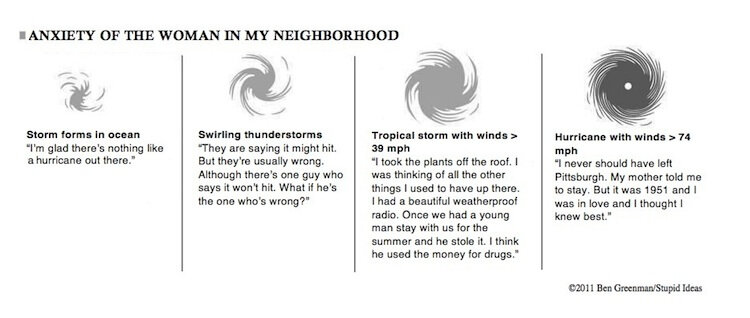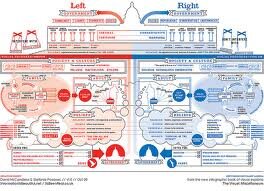Timing: A key element of social media marketing strategy
When it comes to social media, timing is everything. Opportunities to capture attention and engagement are fleeting, so you've got to strike when the traffic is right to maximize your reach.Think of the Five Ws of journalism — Who? What? When? Where? Why? — when crafting a post and keep the WHEN top of mind. WHAT you post is of utmost importance, but you also need to plan WHEN to post it WHERE in order to reach the WHO you'd like to hook. When is your target community most likely to be tuned in and responsive? What's the prime time to spark a conversation?The folks at Social Caffeine created this infographic to illustrate the best and worst times to post on Twitter, Facebook, LinkedIn, Pinterest and Google+.
Disclaimer: Content may settle during transit...
Naturally, the times above may vary by industry, target audience and other factors. But use this infographic as reference alongside your analytics, or combine your own intuition and hard data.
So what's the method to your social media marketing madness?
Do you connect with early birds over coffee on LinkedIn? Party (engage) with night owls on Pinterest? Do the prime time frames above for Facebook and Twitter ring true to you? Do you ever just wing it? Please share your findings below. Thanks!








